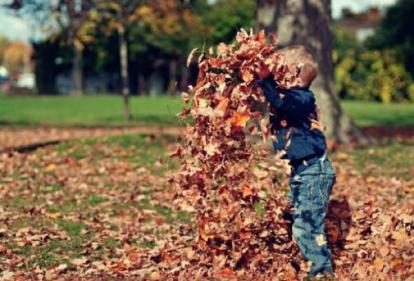 Many parents may already have identified that their child may have low core strength. Core strength is central to everything we do and impacts on all areas of development. What are some of the symptoms? We may find that a child may not be able to sit or hold body positions for as long as their peers, for example in balance, P.E or swimming. There might also be delays in other areas of development, such as writing.
Many parents may already have identified that their child may have low core strength. Core strength is central to everything we do and impacts on all areas of development. What are some of the symptoms? We may find that a child may not be able to sit or hold body positions for as long as their peers, for example in balance, P.E or swimming. There might also be delays in other areas of development, such as writing.
The core is not just tummy muscles, it's the back, abdominal and inner thigh muscles that all work together to support overall body strength, balance and coordination.
So, how can we help build a stronger core? Well, there are a lot of activities which can engage kids (and adults too). I’m going to talk you through a few generalised activities, here.
A word of warning: the muscles of breathing also support the postural muscles, and I see a lot of kids who hold their breath when moving or sustaining positions. So, it's really important that the child is encouraged to breathe through the activities. You can work a little on breath, which is a great way to relax the body and centre. It's essential for self-calming, timing and rhythm of movement. I personally love using the bubble horn with younger kids, and simple breathing exercises with older children.
Warm up first, bouncing on an exercise ball or trampoline, to engage the balance system, or go on the swing if you have one. Working on these muscles can be hard work for kids, and we need to take care to challenge just enough. We can change the themes to make sure the activities are engaging by working through play.
Wrestling
Yes, that’s right, time for some wrestling fun. This works really well with people with sensory processing differences, as it helps to provide overall deep pressure, which generally has a calming/organising effect. Let the child be in control of the game, and when they say go, make contact and push against one another. You can choose back-to-back, side-to-side, hands-on-hands, or how about lying on the floor on backs and wrestling with feet? Always stop when the child indicates. Holding our positions and providing resistance can really engage muscles in a fun way. This works well for older children.

Animal walks
For younger children, one of my favourite activities is to use animal walks. Walk like a bear, a crab or a tiger using both sides of the body. Placing weight through joints is all good therapy, whilst strengthening the muscles we want. I sometimes introduce masks or animal cards to make a game.
Wheelbarrow walking
Your child supports themselves on their arms whilst you hold their legs. Supporting your child’s upper leg makes the activity easier.
Superman
Great for Superman fans, but change the theme to anything you like. The child lies on his/her tummy and raises their head and legs off the floor [or just the head to start if the full pose is too hard at the beginning].
Caterpillar
Lying on the back, cross hands on the chest and bring chin to chest and knees to tummy. Relax again.
Overall activities that have great results are swimming, yoga and martial arts.
If you have concerns about core stability, consult an Occupational Therapist who can prescribe adapted activities to meet your child’s specific needs.
You can see more information on Natalie’s OT Services on the PrivateOT Network, or explore other Paediatric Occupational Therapists throughout the Country.
Find Natalie on Facebook at ‘Occupational Therapy Services’.








